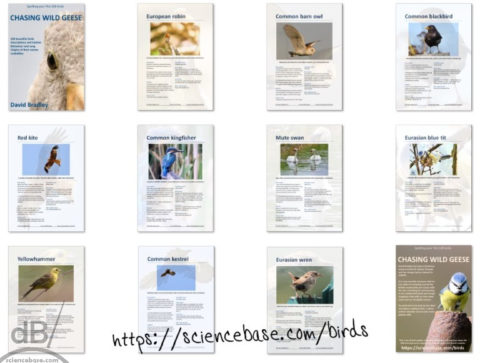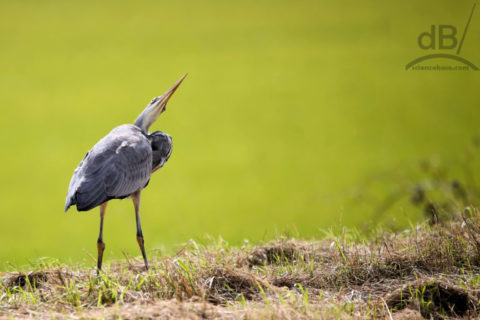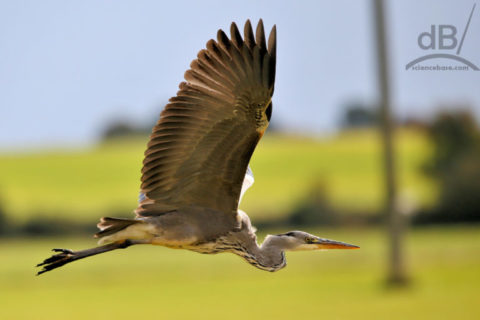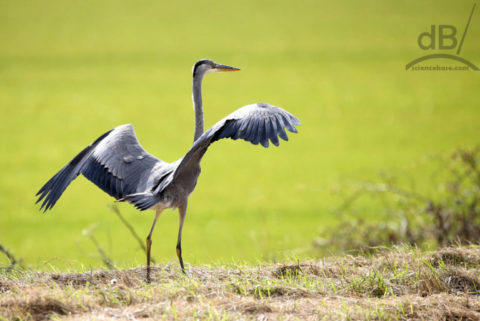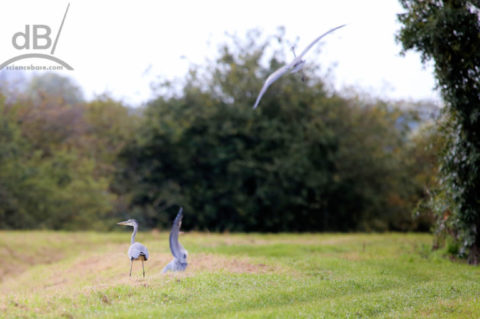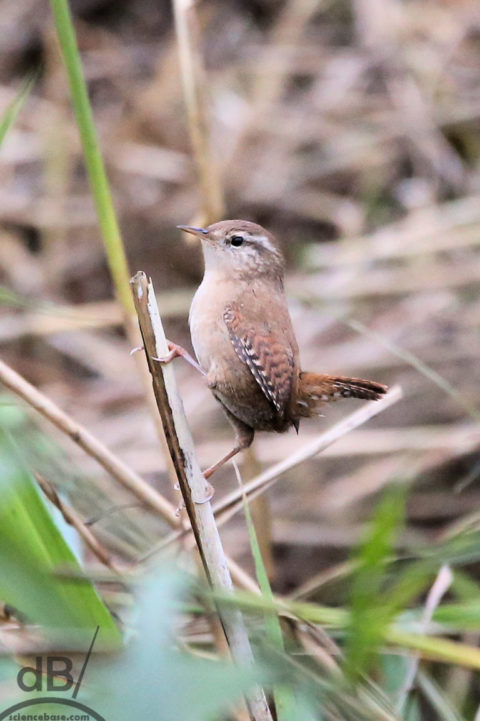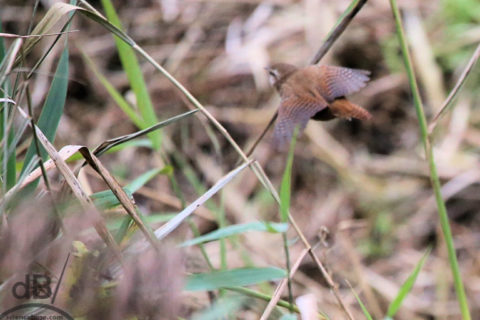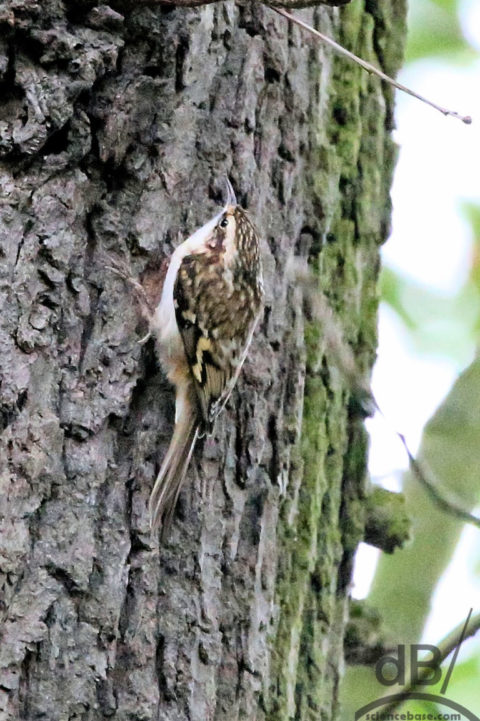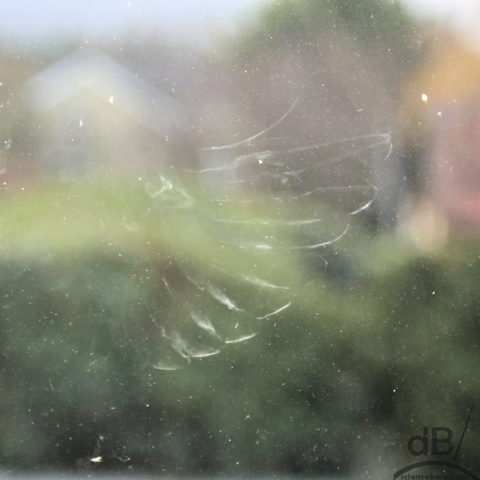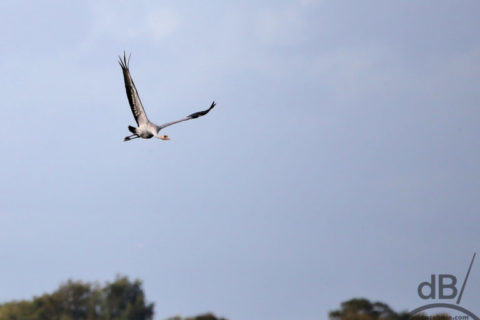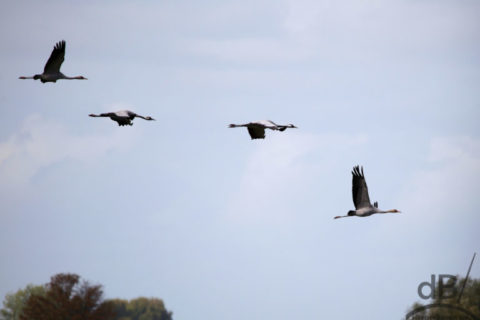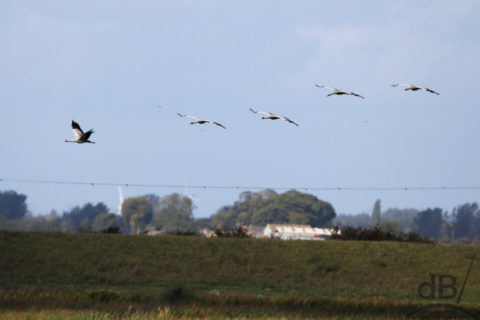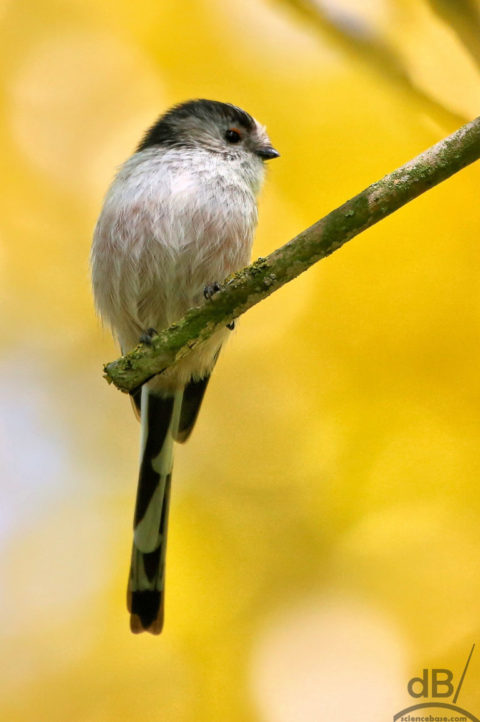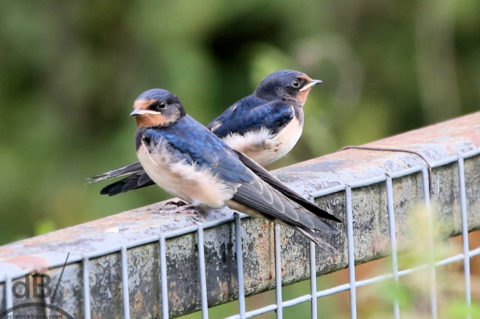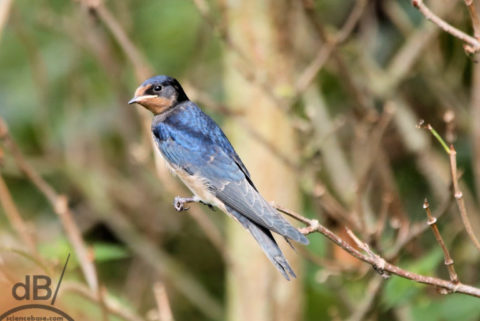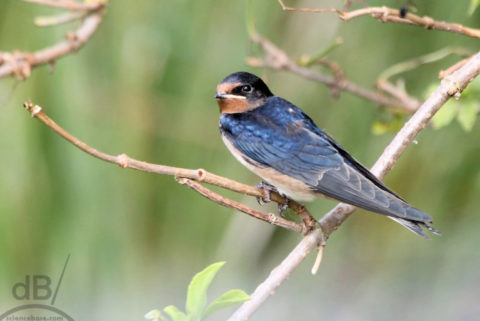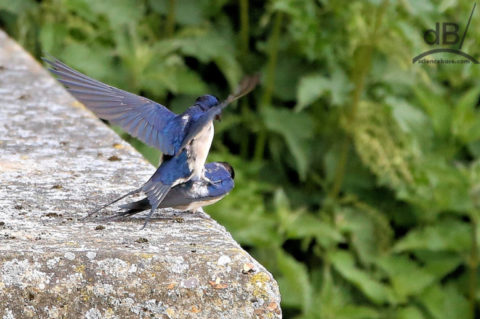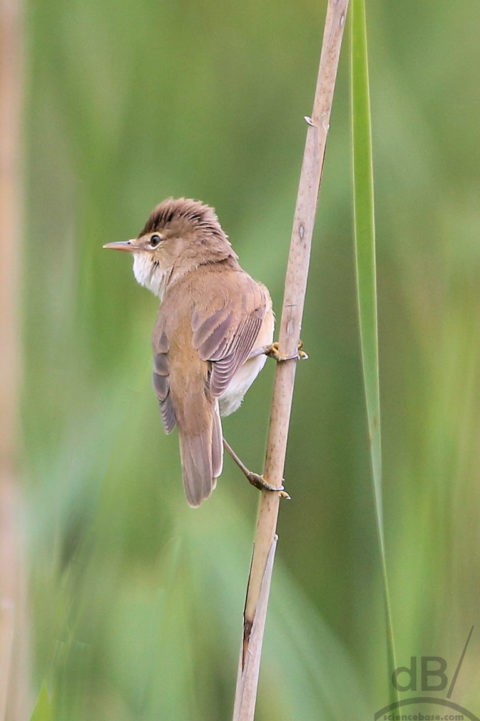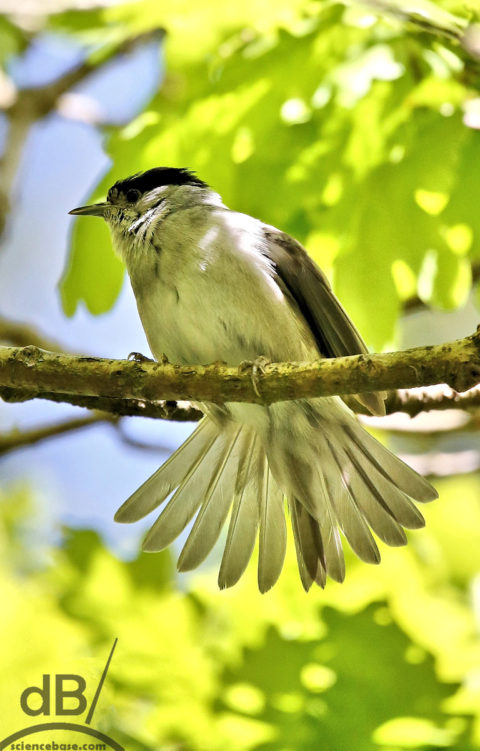Heard a news snippet on BBC Radio 4 this morning reporting on how Brits using bird feeders has apparently led to great tits (Parus major) evolving longer beaks. I read an article or two (National Geographic and The Guardian) to check out how the science was being reported elsewhere and then took a look at the original research paper itself.
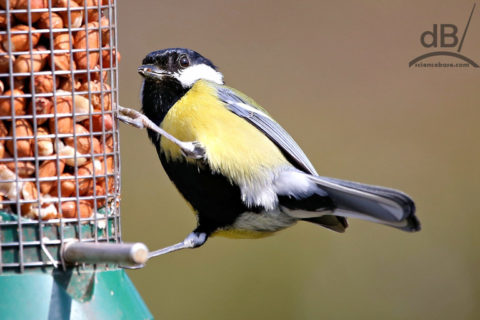
The researchers talk of 26-year data set from live birds in Wytham and estimate a 4 micrometre ± 1 micrometre per year lengthening in this species. That seems like quite a small change, despite that their analysis of avian genetics in this species allows them to suggest some kind of correlation with bird feeder use compared to Dutch counterparts where no lengthening was observed. Could bird feeders really have had sufficient impact on brood size rates they discuss for great tits? For a start, is 4 micrometres actually significant at all in 2500 birds measured…that’s some pretty mean measuring but with a 25% error bar…?
Research paper is here: http://science.sciencemag.org/content/358/6361/365

